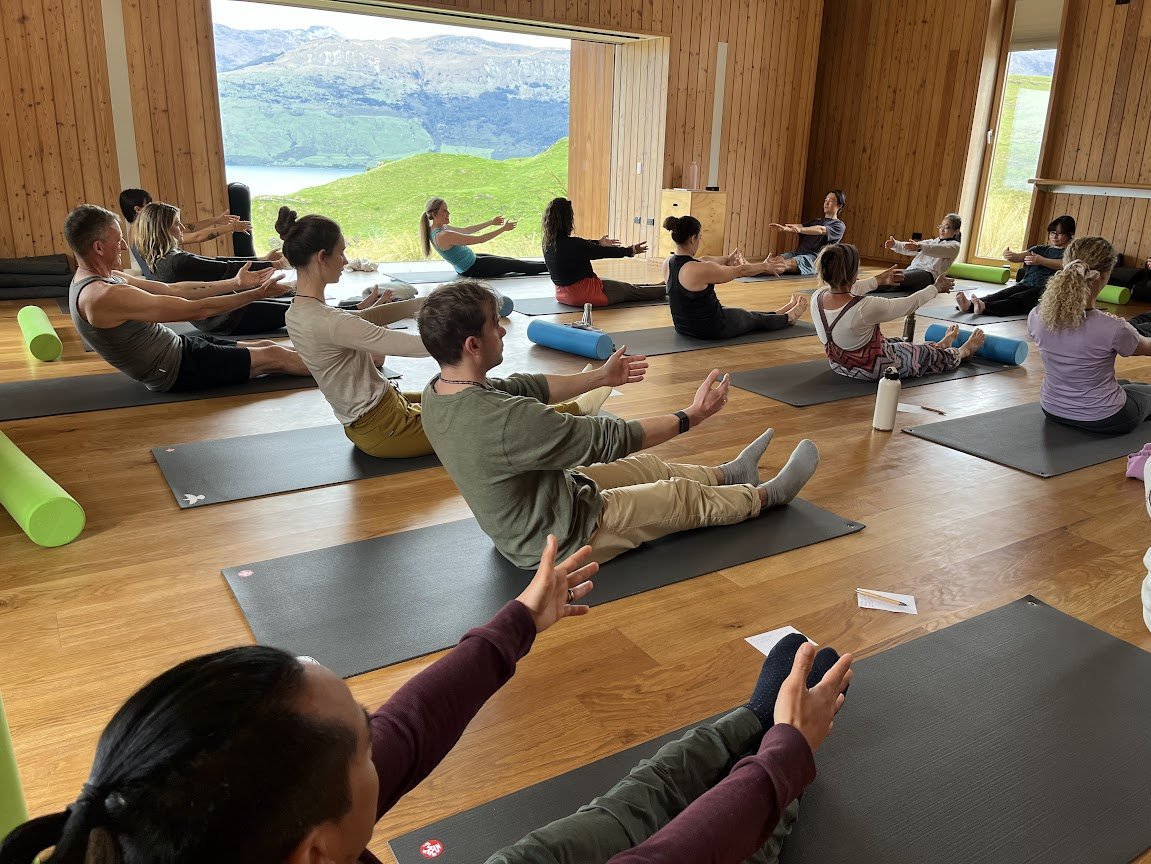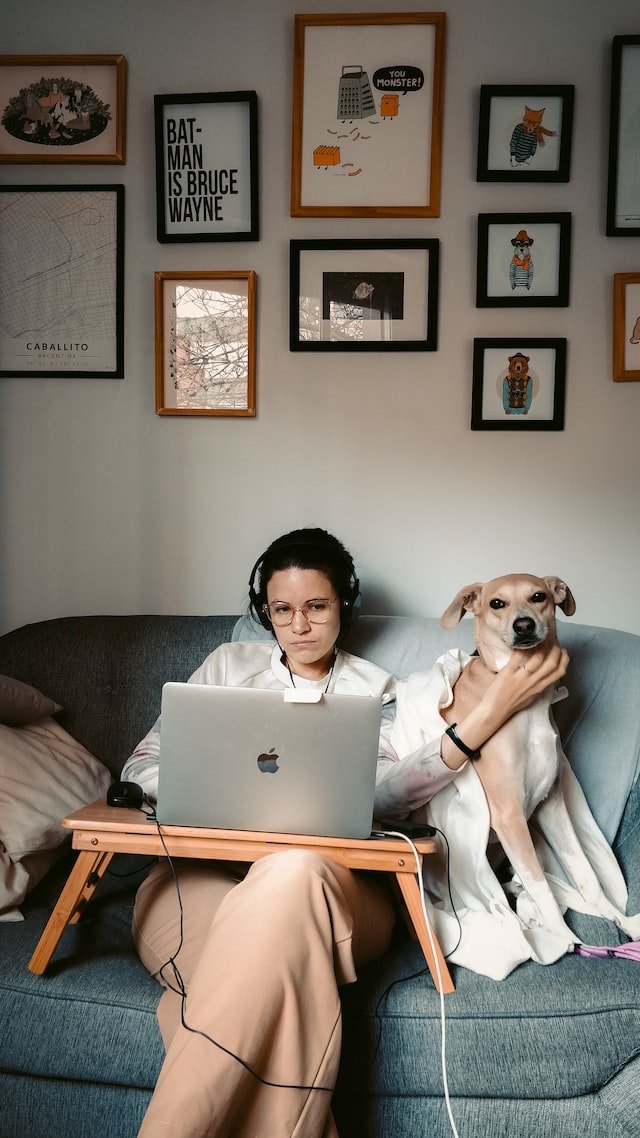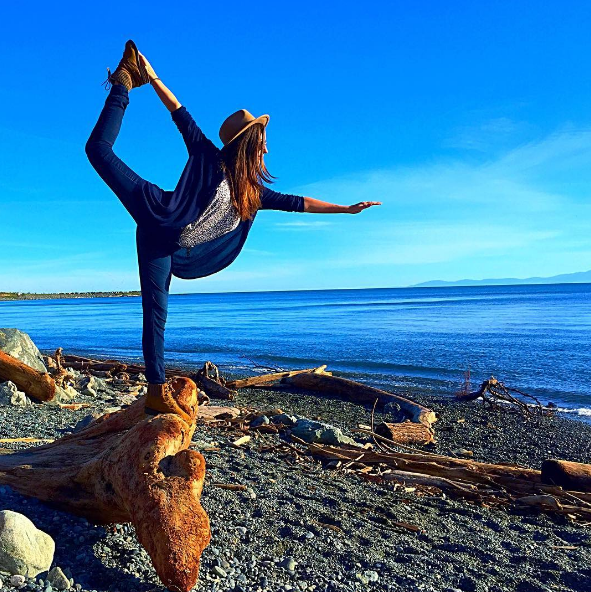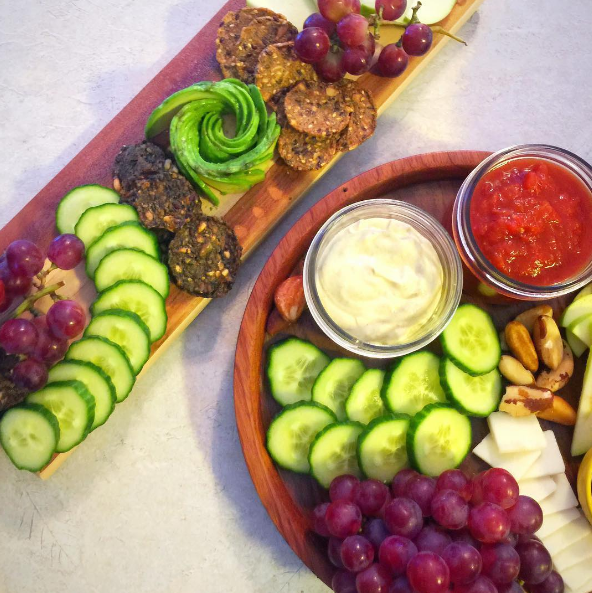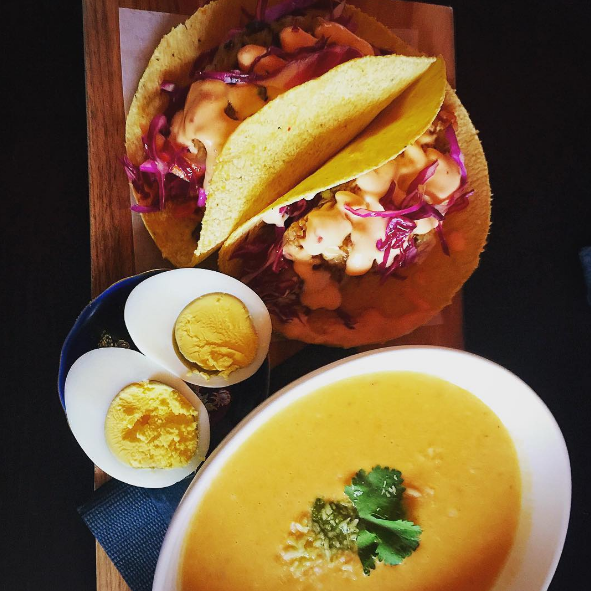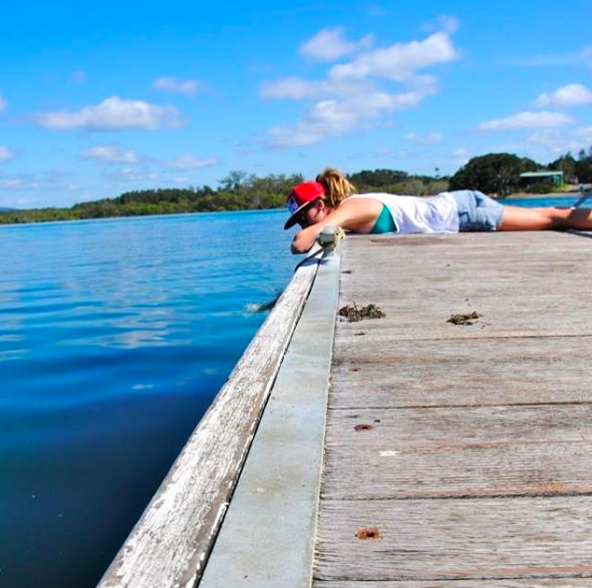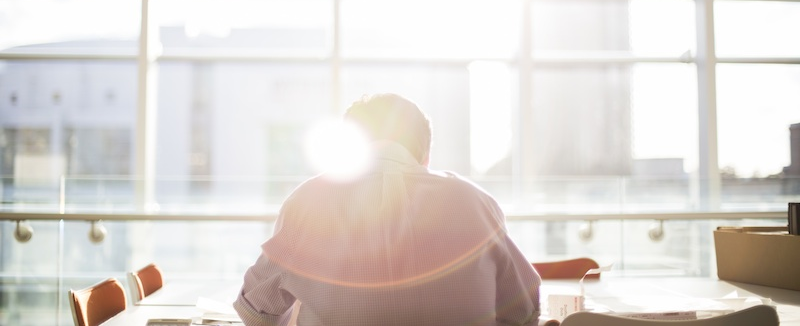It's been a while since I've shared wellness words with you, and it's all because I've settled into life as a Physiotherapist in Melbourne, Australia, after leading retreats in Bali. So now I'm all nestled in, here's an incredible interview with our friend holistic nutritionist Amy Ritchie who tell you why you can't hate yourself healthy, and other gems.
What is healthy eating?
This one is tricky. I think often we want to the know the 5 foods we need to eat all the time to be “healthy.” Because this is easy. The real work is looking at who we are as eaters.
We can’t talk about healthy eating, or achieve wellness, without addressing our relationship with food. You can't hate yourself into healthy! Choosing foods from a place of respect for your body rather than hate & restriction is healthy eating.
Enjoying a treat without experiencing shame afterwards is healthy eating.
Why are food pics and cooking shows taking over social media?
We’re visual & we have short attention spans. I love getting inspired by food shows & photos but it needs to leave the screen and get to your kitchen! It’s easy to feel like you’re making steps to being healthy by pinning recipes, but then never actually making them. Get inspired, find one good recipe and then make it! You can pin more later.
I also get curious as to how this plays into overeating. There’s a phase of digestion referred to as the cephalic phase. In this phase seeing, smelling and thinking about food begins the digestive processes in the body. You have a physical response to seeing pictures of food (salivating at a picture is a real thing!) So try to follow healthy food accounts and look before eating not before bed. It may actually be a good way to ramp up digestive function!
What are your 3 favourite things to make?
Eggs are a go to for me in the morning and lately I’ve been loving them scrambled with some raw garlic, turmeric, cherry tomatoes & arugula (I think you call it rocket).
I’m also on a collagen/bullet-proof coffee kick. I blend 1 tbsp organic ghee (clarified butter) + ¼ tsp vanilla extract + 1 scoop collagen powder + 1 cup organic French press coffee. It’s heaven - frothy & delicious. The type of fat in butter & coconut oil is more readily used for energy and the collagen powder provides protein.
I also make a lot of wild rice. It’s a great alternative to pasta, white rice or other heavy carbohydrates. It takes a while to cook so I recommend soaking it for at least 4 hours prior, which will also improve digestibility.
What's the biggest question people ask you about how to eat well?
What can I do to help with sugar & carb cravings.
What's the biggest thing everyone needs to work on when it comes to nutrition?
Eating real food and not getting to caught up on the logistics.
Real food doesn’t contain ingredients, real food is ingredients.
It doesn’t usually come in a box, or pre-made. Don’t stress red quinoa or white quinoa, kale vs spinach or steaming vs baking. These things matter much less than eating a variety of unprocessed foods daily.
If you had your way - what are 3 things every one should eat once a day?
Holistic Nutrition is all about what for whom – but for ME: salmon, turmeric, dark chocolate.
What's your favourite treat?
Definitely chocolate. In all its forms. Pistachios are a close 2nd.
What is your BEST tip about healthy eating and nutrition?
Listen to your body, get curious. Slow down and pay attention to how you feel after eating. Nobody can ever know your body better than you do. I ask my clients to listen for the whispers. This means hearing and responding to the subtle signs that your body is struggling, before it has to shout.

